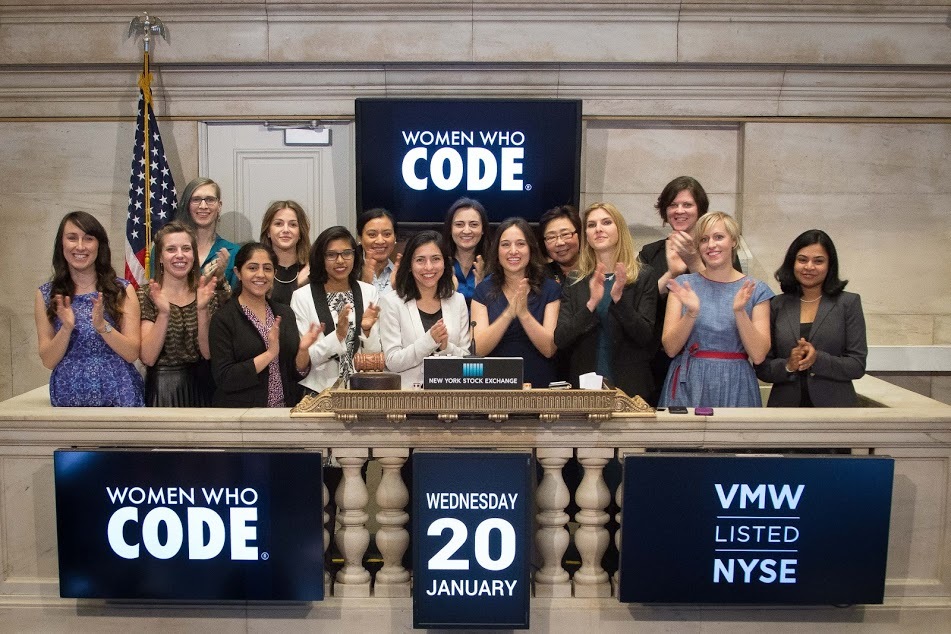Protecting the environment and ameliorating the effects of climate change can be done through simple actions we take each day, including in our homes. For instance, making sure your boiler gets regular burner service will make it run at its maximum energy-efficiency. This way, your boiler won’t be wasting energy, gas or electricity.
Switchee, a new and exciting company based out of London, is working to help both landlords and residents to foster in greater energy efficiency through its Smart Thermostat. Switchee’s Thermostat has been proven to help users save up to 15% on energy bills through a reduction in total energy expended. Here’s what Switchee’s Chief Marketing Officer, Ian Napier, has to say about this exciting endeavor.
Who are the founders of Switchee? How did you start the company?
Ian Napier: We have four co-founders who met whilst studying for an MBA at INSEAD in 2014:
Adam Fudakowski, CEO. Successfully launched two medical-tech products from concept phase to market launch.
Myself, the CCO. with 10 years’ experience in client relations and sales in finance sector: Morgan Stanley and a financial services start up
Russ MacMillan, CPO. Senior manager in Ministry of Defence, and a serial entrepreneur, running a successful electrical design consultancy
Ed Warrick, Non-Executive Director. 8 years’ experience in the social housing industry.
During his eight years working in the social housing sector, Ed Warrick experienced the pain of installing consumer tech into social housing. Consumer technology works if the consumer makes the purchase decision, however, in social housing resident engagement with such technology is low. There were no bespoke hardware solutions to address the specific challenges faced by social landlords.
Aware of these challenges, when Ed met Russ MacMillan, a talented engineer and Senior MoD Manager who had developed a smart homes control in his spare time, Ed spotted the need for such a device in the social housing sector; a device that could provide remote data insights whilst also being capable of saving residents money.
Ed and Russ met me and Adam Fudakowski, also studying at INSEAD, and the four co-founders drew upon their respective knowledge of affordable housing, engineering and building hardware businesses, to identify a significant need for a B2B hardware-enabled-software system in the social housing sector, and thus, Switchee was born.
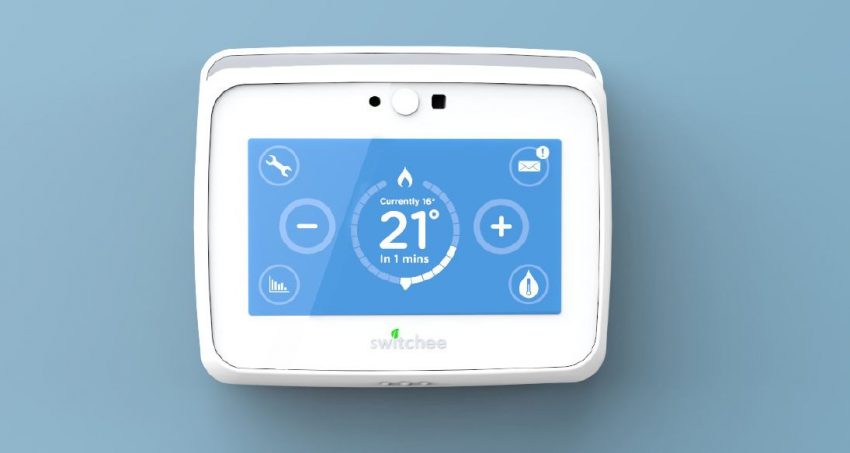
In the Photo: The Switchee Smart Thermostat Photo Credit: Switchee
Can you explain how Switchee works? I have seen there are two parts: an app and a device?
IN: Switchee is the first smart thermostat for social housing. It uses temperature, light, motion, humidity and air pressure sensors built into the device to learn household occupancy patterns and optimise heating settings, reducing resident energy bills by 15%.
Switchee then feeds the data from these sensors into its online dashboard using GSM connectivity and without the need for Wi-Fi. The Switchee dashboard ranks properties by thermal performance and identifies properties in fuel poverty. Asset management & sustainability teams can use this to better target energy efficiency retrofits. Our remote sensing capability also allows landlords to monitor thermal performance pre and post retrofit and to A / B test potential interventions.
Switchee’s data analytics also enables landlords to make targeted maintenance decisions. Our dashboard provides live building KPIs which identify properties with underperforming heating systems, risk of damp and mould or over-heating – a problem in social housing new builds.
Switchee prompts pre-emptive instead of reactive maintenance, saving landlords money and improving living conditions for residents.
What are the main benefits of using Switchee?
IN: Switchee has the capability to drastically reduce fuel poverty and transform how landlords manage their properties. Remote data insights from Switchee can highlight maintenance issues, prompting early intervention before the cost of remedying escalates. Moreover, Switchee can help landlords identify solutions that have the greatest impact on the energy efficiency of properties.
Listed below are the range of features that set Switchee apart from their consumer equivalents (Nest, Hive, etc.), addressing issues that hamper affordable housing providers and thus demonstrating that is has been designed exclusively for the sector.
Landlord dashboard for display of actionable, data driven insights. As a B2B solution a key part of our offering is the provision of actionable, data driven insights to our landlord customers. Over the course of 2016 we have invested significantly in the development of our web-based portal on which social landlords can review their Switchee estate, see alerts for metrics such as fuel poverty, mould or poor insulation or review device health and download environmental data from individual Switchees.
a. Mould risk: Using data from the humidity sensors, Switchee can assess the risk of mould growth in each property. By pinpointing properties with the highest risk of mould growth, maintenance teams can resolve the issue before the cost of remedying escalates.
b. Poor insulation: By timing how quickly a property gains and loses heat, Switchee can highlight properties with poor insulation, prompting landlords to make improvements that will improve resident well-being and improve the energy efficiency of the property.
c.Fuel Poverty alert: If a property is consistently heated below the recommended NHS level of 18C, an alert will be sent to the landlord.
Assess Retrofit Interventions – Once maintenance and energy efficiency measures have been put in place, Switchee allows landlords to assess the impact of the effectiveness of their upgrades to households. Using the analysis of pre and post installations sensory data and thermal profiles, landlords can objectively and remotely assess the effect of building fabric upgrades e.g. EWI / double glazing. This feature has already significantly aided one customer, Peabody, as Switchee data has allowed them to assess the impact of ventilation interventions in properties with a high risk of mould.
Remote boiler tests: prior to the heating season Switchee allows landlords to send a command to the boiler of each home (at the consent of the resident). The short test will enable landlords to diagnose if the boilers are working to maximum capacity. This function will reduce the number of boiler call outs during the first cold snap of winter and thus, alleviate pressure on maintenance teams. Moreover, this feature will ensure boilers are working at maximum efficiency, helping drive further energy savings.
Appointment scheduling: By understanding the occupancy patterns of a property, the Switchee dashboard can suggest the best time to arrange a maintenance visit and send a message to the device, which a resident can simply accept or decline. This function will significantly increase access into properties and reduce the number of failed maintenance visits.
Messaging: Switchee’s messaging function offers landlords an innovative way of communicating with their residents. This function will allow landlords to suggest energy saving advice to residents, prompting behavioural change that will lead to positive energy saving outcomes.
Other connected home controls on the market include Co-Control, QIVIVO and in the consumer space; Hive, Nest, Tado. However, nothing offers such a combination of everything, in an end-to-end hardware and SaaS solution tailor made for the affordable housing sector.
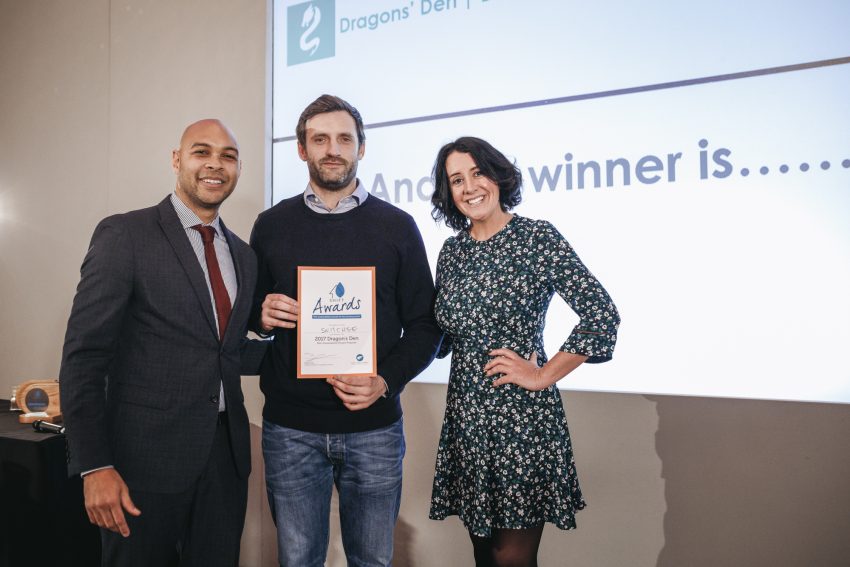
In the Photo: Switchee winning the Dragon Den award at the Shift Awards Photo Credit: Switchee
How important is to you to protect the environment? How does Switchee help with this?
IN: Helping to protect the environment is at the heart of what we do at Switchee. By helping reduce household energy bills and using data to prompt energy efficiency upgrades
Switchee directly fights fuel poverty by learning household occupancy patterns and turning the heating off when nobody is home, saving residents up to 15%. Optimising household heating systems helps avoid unnecessarily high energy bills. Switchee also offers proactive energy saving advice to tenants and can compare tenant energy consumption with that of their neighbours, prompting positive behavioural changes in relation to energy use.
We estimate that each Switchee can save an average of 1.14MwH of energy and 210kg of CO2 per year.
When replicated across thousands, if not millions, of properties, this represents a massive positive impact on the environment. Across the UK and Europe there are 25.7m social homes. As the only existing smart thermostat designed for social housing, Switchee is well placed to exploit large parts of this market. Figuratively speaking, this represents potential annual energy savings of 29.3m Mwh and potential annual CO2 savings of 5.4m tonnes.
 In the Photo: An happy user of the Switchee Smart Thermostat Photo Credit: Switchee
In the Photo: An happy user of the Switchee Smart Thermostat Photo Credit: Switchee
How do you see the future of your company in the next years? Do you have other products in mind?
IN: The last six months have been a hugely exciting period for Switchee. In September 2017 we have completed a range of trials and began the volume rollout of Switchee. The trials were hugely successful. Flagship Group Director of IT, Matt Brazier, said “wider rollout of Switchee will make a huge difference to us as a business, our customer, as well as the housing sector as a whole”. Meanwhile, one resident with three children who saved £300 on her annual gas energy bill is quoted to have said ‘having children is expensive, but this saving has made a really big difference’.
We have now converted six trials into volume orders, these include trials with Peabody, Guinness, Optivo and Flagship, four of the highest profile housing associations in the UK. In this same period, we have doubled our number of customers and expanded our team.
In next couple of years, we will continue to expand within the UK social housing market and begin expanding into the student, sheltered and private rented sectors. If successful, we will then begin expansion into Europe.
By the end of 2018 we aim to have developed the next generation of Switchee devices and to have fully released our resident and installer applications. We aim to become the smart hub of the social home.


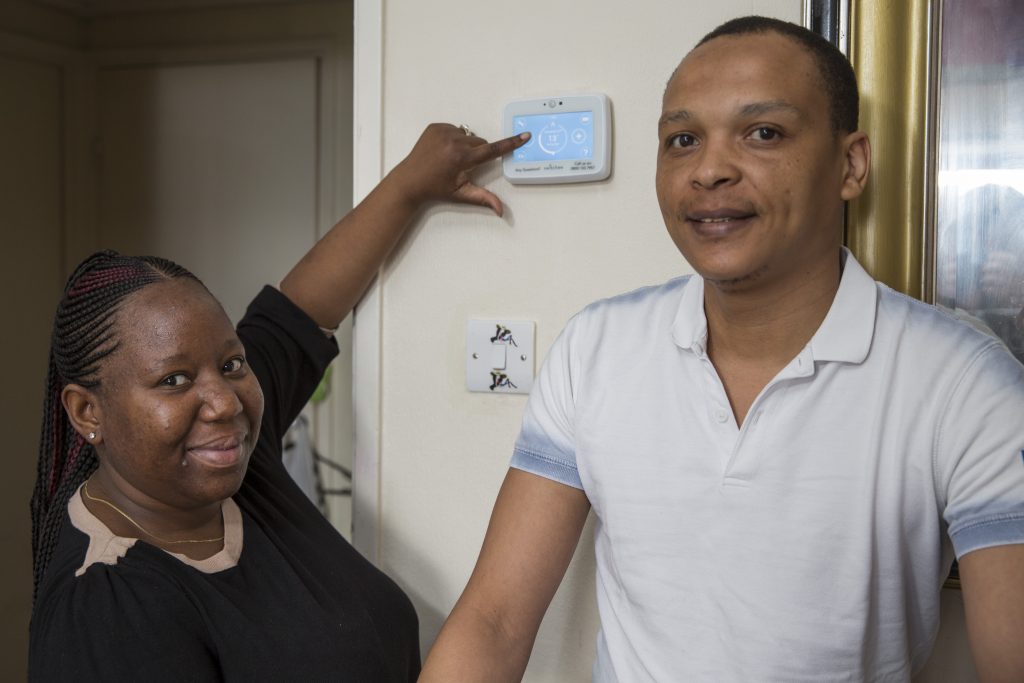
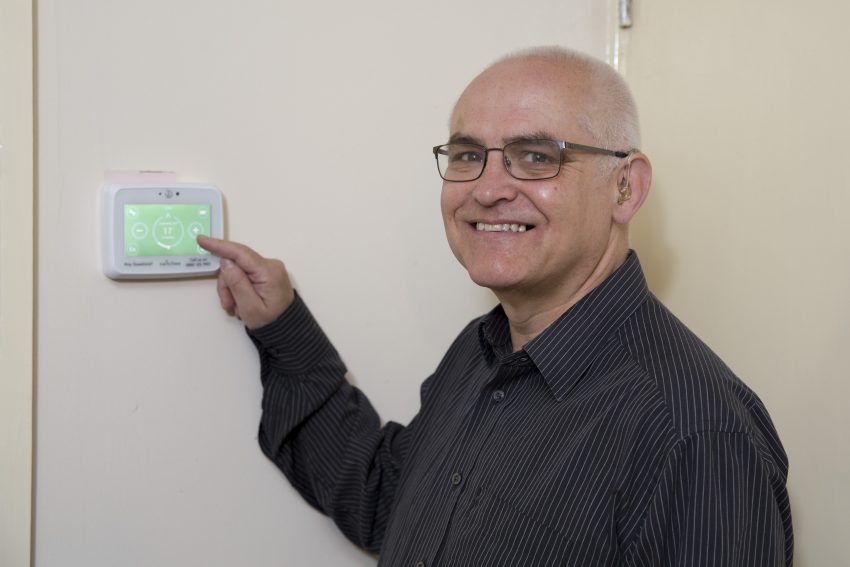 In the Photo: An happy user of the Switchee Smart Thermostat Photo Credit:
In the Photo: An happy user of the Switchee Smart Thermostat Photo Credit: 


